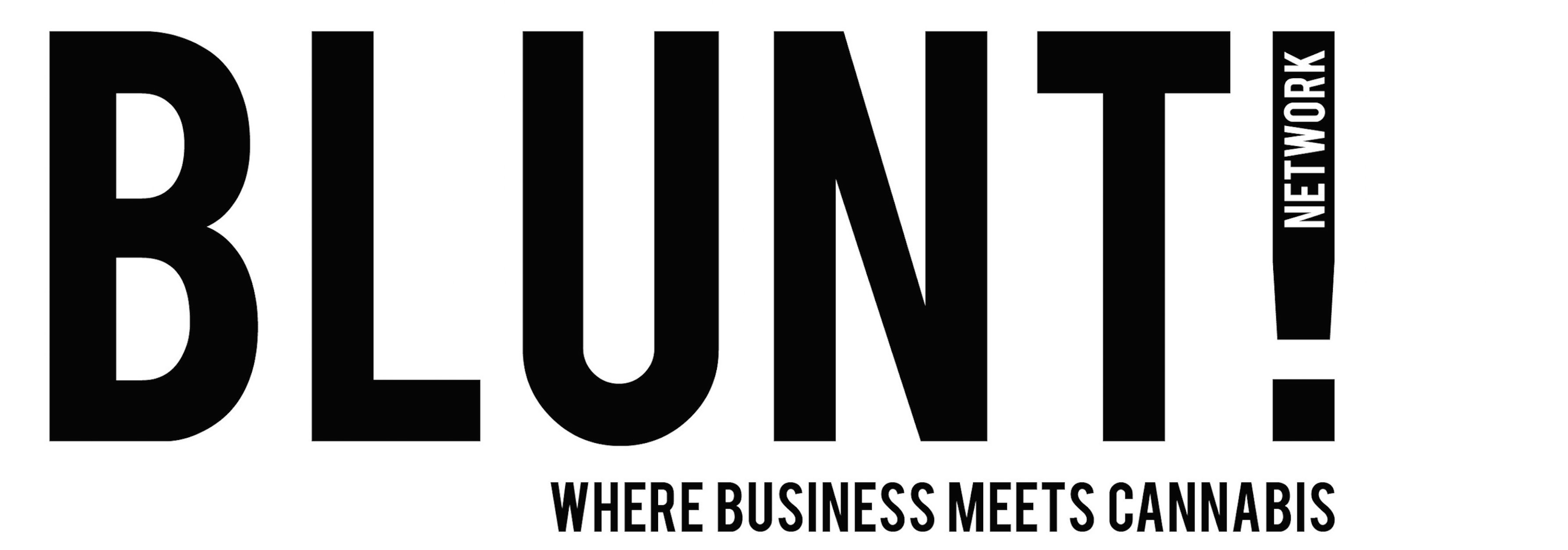Getting the Word Out: Advertising and Marketing Restrictions on Legal Marijuana Businesses
Following its landmark political victories in 2016, the marijuana legalization movement continues to gather momentum across the U.S.
More states and communities are changing or relaxing their laws about cannabis and its use. But the advertising of legal cannabis businesses still remains a very challenging issue for the companies involved.
Even in cannabis-friendly states advertising is strictly controlled. Soon after recreational use of marijuana was approved by its voters, Colorado’s state government established statutes for cannabis business “signage and advertising.”
Along with the standard rules against a business making deceptive, false or misleading statements in their ads, Colorado also prohibits retail marijuana “establishments” from using advertising that would specifically target minors, “including but not limited to cartoon characters or similar images.”
It also severely restricts outdoor marijuana advertising and limits print ads to publications where there is “reliable evidence that no more than 30 percent of the publication’s readership is reasonably expected to be under the age of 21.” Similar bans apply to television, radio or online advertising.
California, meanwhile, is grappling with its own cannabis advertising legislation as it prepares for the scheduled opening of recreational marijuana stores next year. Among the issues lawmakers in California are currently considering is a ban on marijuana advertising along the state’s thousands of miles of highways and interstate roads.
(For a state-by-state guide to cannabis advertising regulations, click here.)
Experts say legal cannabis companies often find themselves walking a tightrope over uncharted regulatory territory when it comes to advertising issues.
Many of the advertising restrictions on these companies are probably unconstitutional, says Sam Kamin, a University of Denver law professor who focuses on cannabis regulation, and who is currently the university’s Vicente Sederberg Professor of Marijuana Law and Policy.
“They are restrictions on commercial speech, which is protected by First Amendment,” he tells the Blunt Network. “If these were challenged by businesses that sought to advertise they would probably be overturned. “
But since marijuana remains illegal under federal law many state-legal cannabis companies aren’t willing to challenge those restrictions, out of concerns they might draw the wrong kind of attention to their businesses.
“If there are sign spinners in front of (cannabis) businesses and garish ads, that could bring more federal attention than people really want,” notes Kamin. “What I think you see is the industry acknowledging itself that we have to keep our house clean. If we have lots of advertisements that people find offensive or object to, that will bring the whole (industry) crumbling down.”
Kamin notes that many legal cannabis businesses are currently benefiting from the so-called Cole Memo issued by the Justice Department during the Obama Administration. That memo established the federal government’s law enforcement priorities regarding marijuana, and essentially left state and local authorities to enforce regional marijuana issues.
But among the priorities listed in the Cole Memo was keeping cannabis out of the hands of children, which in turn means restrictive advertising.
Cannabis isn’t the first product to face restrictions on its advertising. The alcoholic beverage industry has had its own, self-imposed marketing and advertising codes in place for the past several decades; but it appears to be moving away from those voluntary restrictions.
And restrictions on tobacco advertising are mostly the result of an historic multi-state agreement reached in the late 1990s with Big Tobacco – which severely limits tobacco advertising, marketing and promotions.
The big difference, of course, is that alcohol and tobacco are legal products under federal law.
There may be some surprising benefits to the cannabis advertising restrictions, however. Some experts say the lack of ads allows the smaller legal marijuana businesses to compete with their larger rivals on a more level playing field, at least for now.
Part of these ad restrictions could also be attributed to the cannabis industry’s growing pains. As legal marijuana becomes less taboo and more a part of America’s cultural and economic landscape, local communities might loosen their cannabis advertising rules.
But Denver-based Sam Kamin says we shouldn’t expect to see or hear local dispensaries and other legal marijuana businesses advertising via local media in the near future.
“I think probably it may happen in some stage,” he adds. “I think in my state it probably won’t happen until it’s legal at the federal level.”




